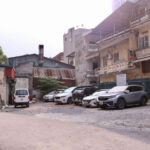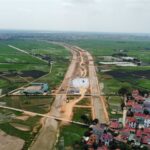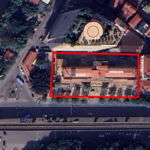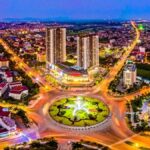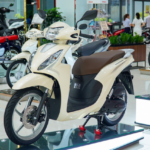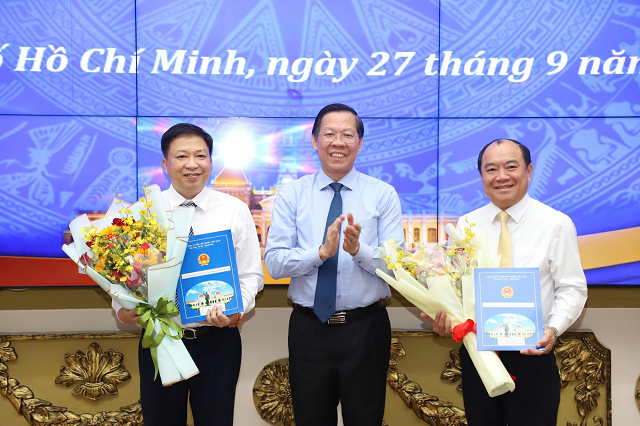Hà Nội Takes Steps Towards a Greener Future: Plans to Ban Gas-Powered Motorcycles in Inner City by July 2026
In a recent development, the Hanoi Construction Department has taken a significant step towards promoting the use of clean energy vehicles. The department has issued a document to all 126 wards and communes, requesting their cooperation in identifying and gathering data on potential locations for electric vehicle charging stations.
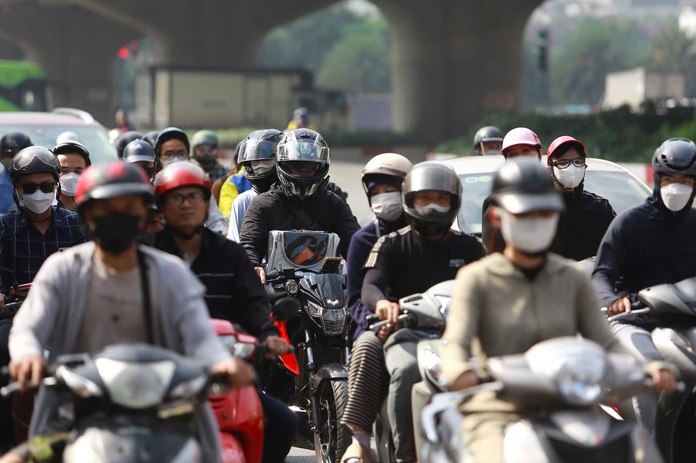
Illustrative image: Hanoi plans to transition to electric vehicles, requiring a network of charging stations.
The document emphasizes the urgency of this task and requests that the wards and communes focus on identifying suitable locations for charging stations. It outlines general principles for selecting station locations, prioritizing the utilization of public land, vacant lots, or areas with existing infrastructure. Suggested sites include public parking lots, government offices, cultural houses, ward/commune headquarters, stadiums, commercial centers, bus stops, and parks.
The chosen locations should consider practical factors such as proximity to densely populated areas, apartment buildings, schools, markets, and bus routes, as well as areas with high motorcycle and electric vehicle traffic. Preference will also be given to sites near major roads and vehicle parking areas, ensuring safe access without disrupting traffic flow. These stations can also offer vehicle parking services or incorporate other public utilities.
According to the Hanoi Construction Department, suitable land types for public charging stations include wide sidewalks, bus stops, and public parking areas. Additionally, they can utilize land designated for public buildings, such as government offices, cultural houses, community centers, schools, and hospitals. Land earmarked for technical infrastructure, such as areas with existing power grids, and land for urban technical infrastructure auxiliary works are also viable options.
Other potential sites include land designated for urban services, such as planned or operational parking lots, commercial centers, gas stations, and tourist areas. Underutilized or odd-shaped plots and public land not yet allocated for specific purposes can also be considered.
Hanoi currently has approximately 9.2 million vehicles, with 8 million managed by the city, including 1.1 million cars and 6.9 million motorcycles. An additional 1.2 million vehicles from other provinces regularly commute to the city.
The Prime Minister has issued Directive No. 20 on urgent and drastic measures to prevent and control environmental pollution. Notably, the directive instructs Hanoi to develop a plan to ban gas-powered motorcycles within the Inner City (Vành đai 1) by July 2026.
The directive tasks the Hanoi People’s Committee with implementing solutions to facilitate the transition to alternative fuel vehicles. By July 1, 2026, no gasoline-powered motorcycles will be allowed to operate within the Inner City.
According to the approved Hanoi Transport Planning until 2030, with a vision towards 2050, Hanoi will have 7 ring roads, including 5 main ring roads (Ring Road 1, 2, 3, 4, and 5) and 2 supporting ring roads (Ring Road 2.5 and 3.5)
The 420-Meter Road Project: A Nine-Year Saga of Delays and Unfulfilled Promises
The 420-meter Ring Road 2.5 project, connecting Cau Giay Street to the Dich Vong New Urban Area in Hanoi, has been pending commencement nine years after its approval. Large portions of the project land have turned into dumping grounds for waste and scrap materials, with some areas being used as parking lots.
The Great Hanoi Vehicle Inspection: A Comprehensive Review of Gas and Petrol-Powered Automobiles
The Hanoi authorities have instructed 126 communes and wards to survey and identify potential land plots for the installation of charging stations catering to clean energy vehicles. This initiative involves the comprehensive survey and data collection of the current gasoline, diesel, and electric car and motorbike fleet, facilitating a seamless transition to cleaner transportation options.
Why Did Hanoi Scrap Numerous Pilot Projects for Commercial Housing by Agreement?
The proposed pilot project for 169 commercial housing sites falls short of the criteria set out in Resolution 171. This ambitious initiative, which aims to revolutionize the commercial housing landscape, requires a meticulous approach to ensure its success. With a careful strategy and expert execution, this project has the potential to be a game-changer.
The Ultimate Guide to Investing in Real Estate: Unveiling the Secrets of the Savvy Developer Behind the Upcoming High-Rise in Hanoi’s Prime Location, the Long-Neglected Goldmine of Ha Dong
The Shareholding Hotel Tourism Company Song Nhue, in collaboration with SeABank, is set to demolish the long-abandoned Song Nhue Hotel in Ha Dong. In its place, a modern high-rise complex will be constructed, with a total investment of over VND 2,400 billion.


























